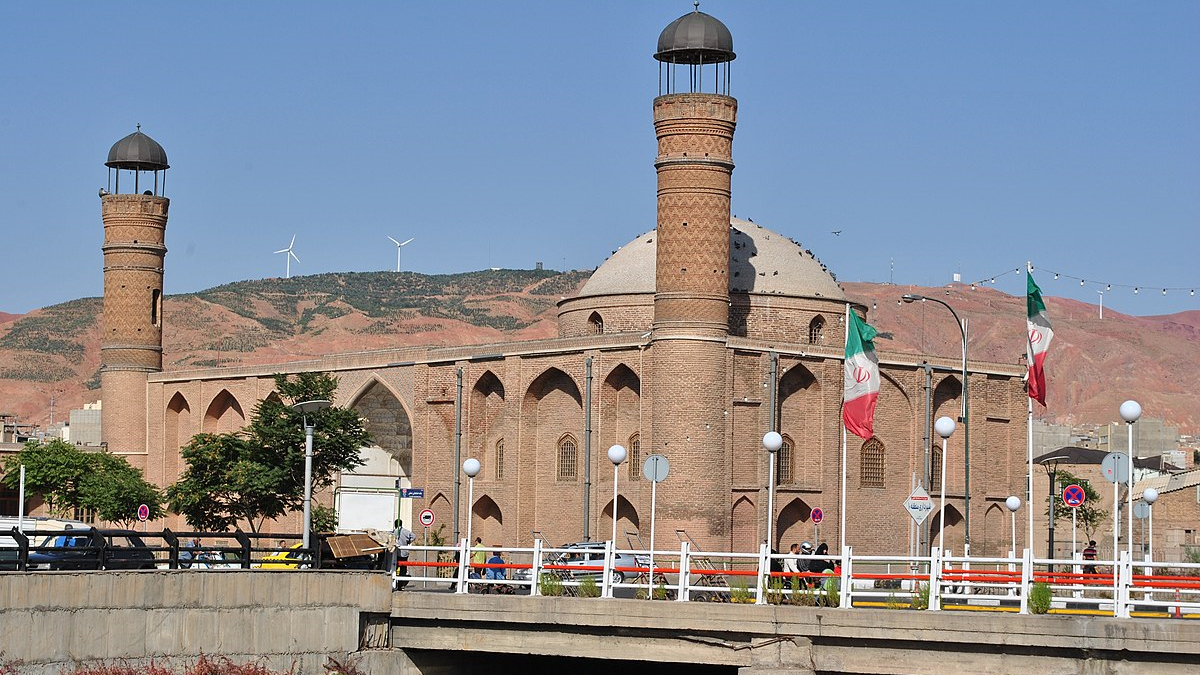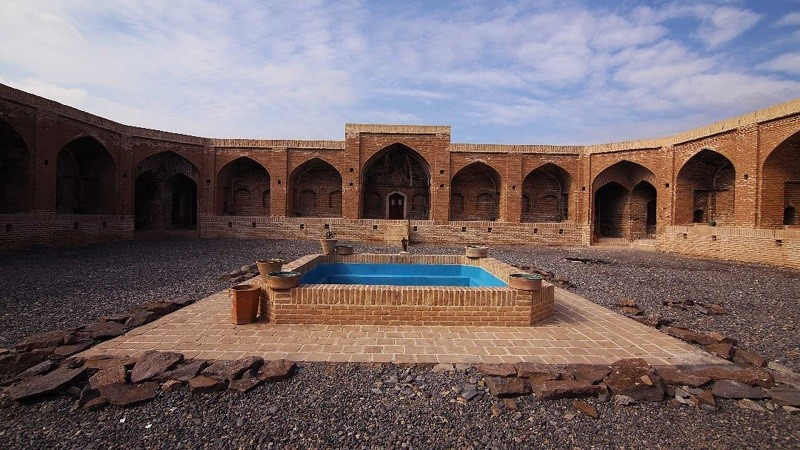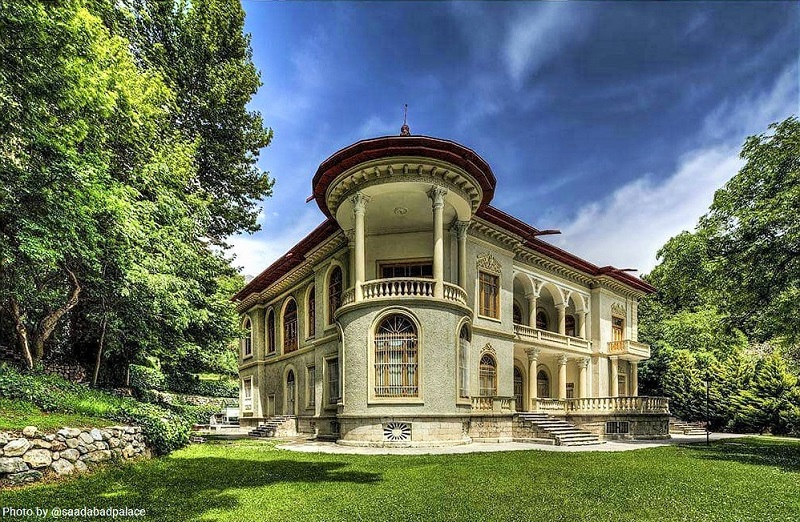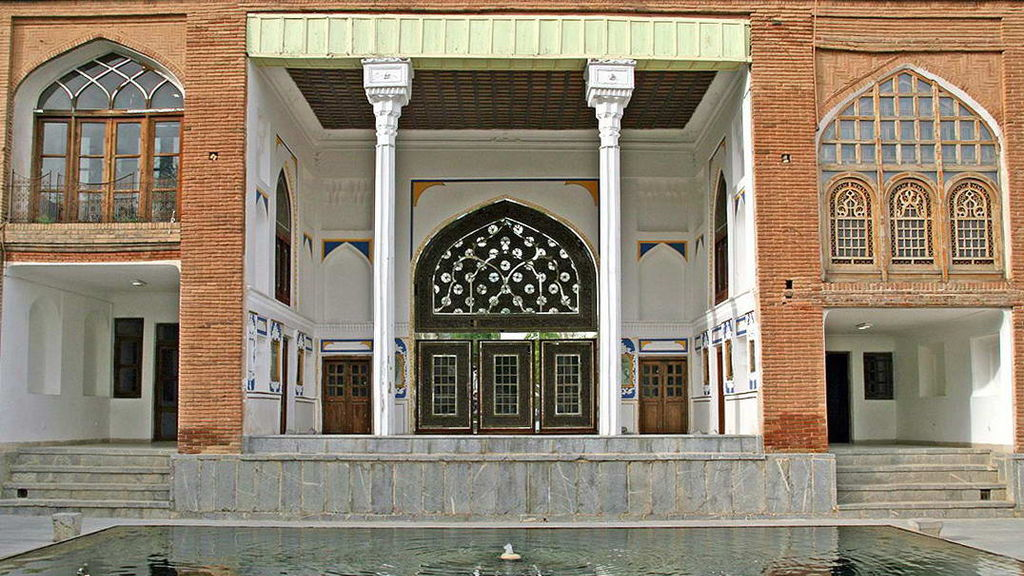
Evaz Museum of Ethnology: a Showcase of Identity for the People in Southern Iran
Man’s rapid chase of modernization in the contemporary era has resulted in a gradual eradication of traditions and has made mankind indifferent, or rather ignorant, about older customs and traditions. Thus, establishing a museum is a vital step toward preserving a particular identity. Made by the indigenous people of Evaz, whose hearts beat for their historical identity, the Evaz Museum of Ethnology is a clear example in that regard.
Location
Evaz is a city in the Central District of Evaz County, Fars Province, Iran, and has a population of approximately 50000 people. It is situated about 986 kilometers above sea level, in a valley between the southern Zagros Mountains.
Historical facts demonstrate that the city was built during the Sassanid Empire’s rule over Iran (224-651 CE). However, Evaz’s modern history began with the Afghans’ successful attempt to overthrow the Safavid Dynasty in 1736. The Afghans’ invasion of Southern Iran displaced a lot of natives, particularly from Fars, and forced them to seek refuge in Evaz. The museum is located inside the Sodagar Bathhouse in Evaz. The mentioned bathhouse is also one of the city’s historical constructions. Besides the bathhouse’s sophisticated water system, its decoration, and the extraordinary carved stones in particular, have made the place worthy of being inscribed as a national heritage in Iran.
Evaz Museum of Ethnology was launched in 2002, with every single object donated by members of the public in Evaz.
Objects in the Evaz Museum of Ethnology
Similar to other museums of ethnology, the museum in Evaz hosts objects that explain ethnological specifications. For instance, a 250-year-old gunpowder bag is among the mesmerizing objects held in the museum. It is made of desert lizard skin and was used by hunters and warriors. There used to be several factories in Evaz that manufactured guns. In a nutshell, the production of gunpowder in Evaz is a 250-year-old industry.
Another interesting object in the museum in Evaz is the oldest bicycle rider license issued for a 14-year-old person in 1947. The document is 12 centimeters long with a width of 9.5 centimeters. It also contains some extra blank pages designated for penalties and rewards. The document was produced at a time when riding a bicycle required one to sit for classes and pass tests. The rider’s license in Evaz belonged to a person who eventually moved to Germany to pursue dentistry.
Another astonishing part of the museum is where the works of Khos Duzi (a type of embroidery) are kept. Khos Duzi is the art of beautifying fabrics, wedding clothes, and prayer rugs with cotton. Khos Duzi is also about decorating collars, tips of skirts, and tips of sleeves. The art is popular, particularly among women in Iran’s southern coasts, and traces of Khos Duzi can regularly be seen on the tips of their pants. Undoubtedly, Khos Duzi belongs to the Southern parts of Iran, particularly Hormozgan. Ladies in Evaz have mastered the art of Khos Duzi due to the city’s proximity to Hormozgan. Local dresses, agricultural equipment, furniture, and works of pottery are also among the objects that can currently be found in the Evaz Museum of Ethnology. Altogether, there are more than 1100 objects in this museum.
Like other museums of ethnology, Evaz Museum of Ethnology hosts objects that explain ethnological specifications.
| Name | Evaz Museum of Ethnology: a Showcase of Identity for the People in Southern Iran |
| Country | Iran |
| State | Fars |
| City | Evaz |


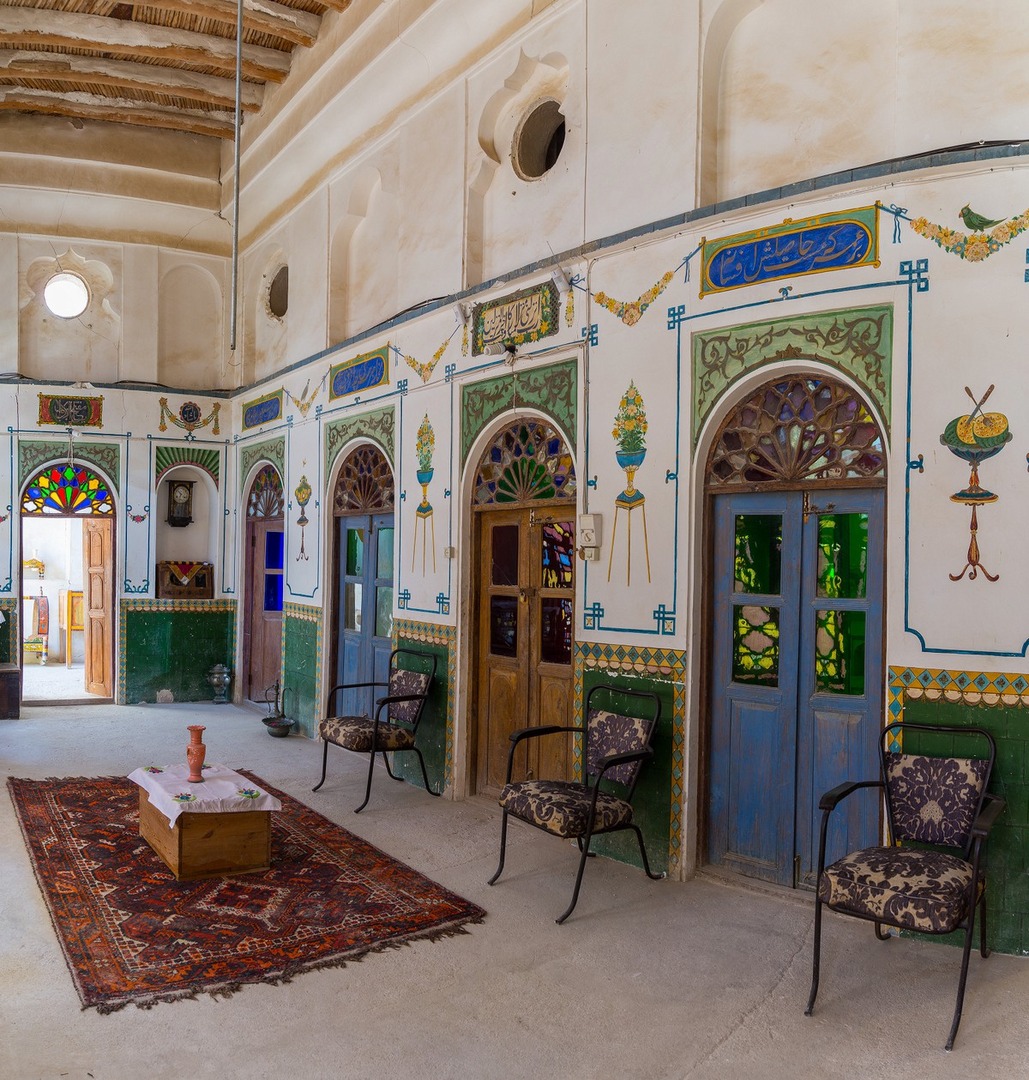
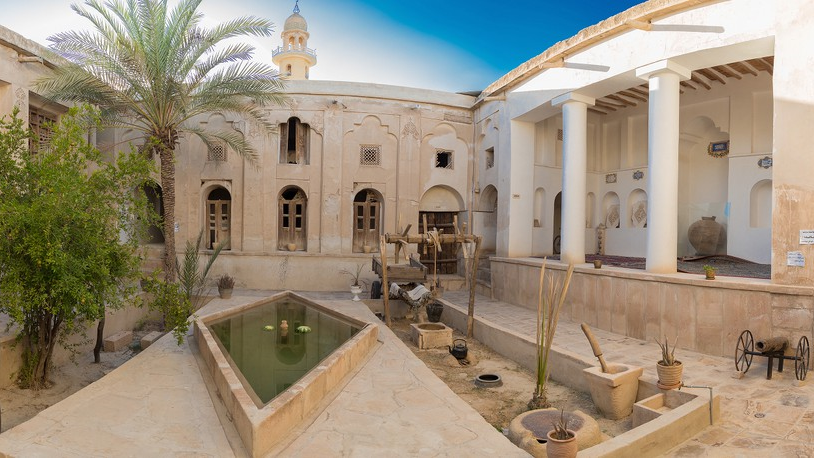


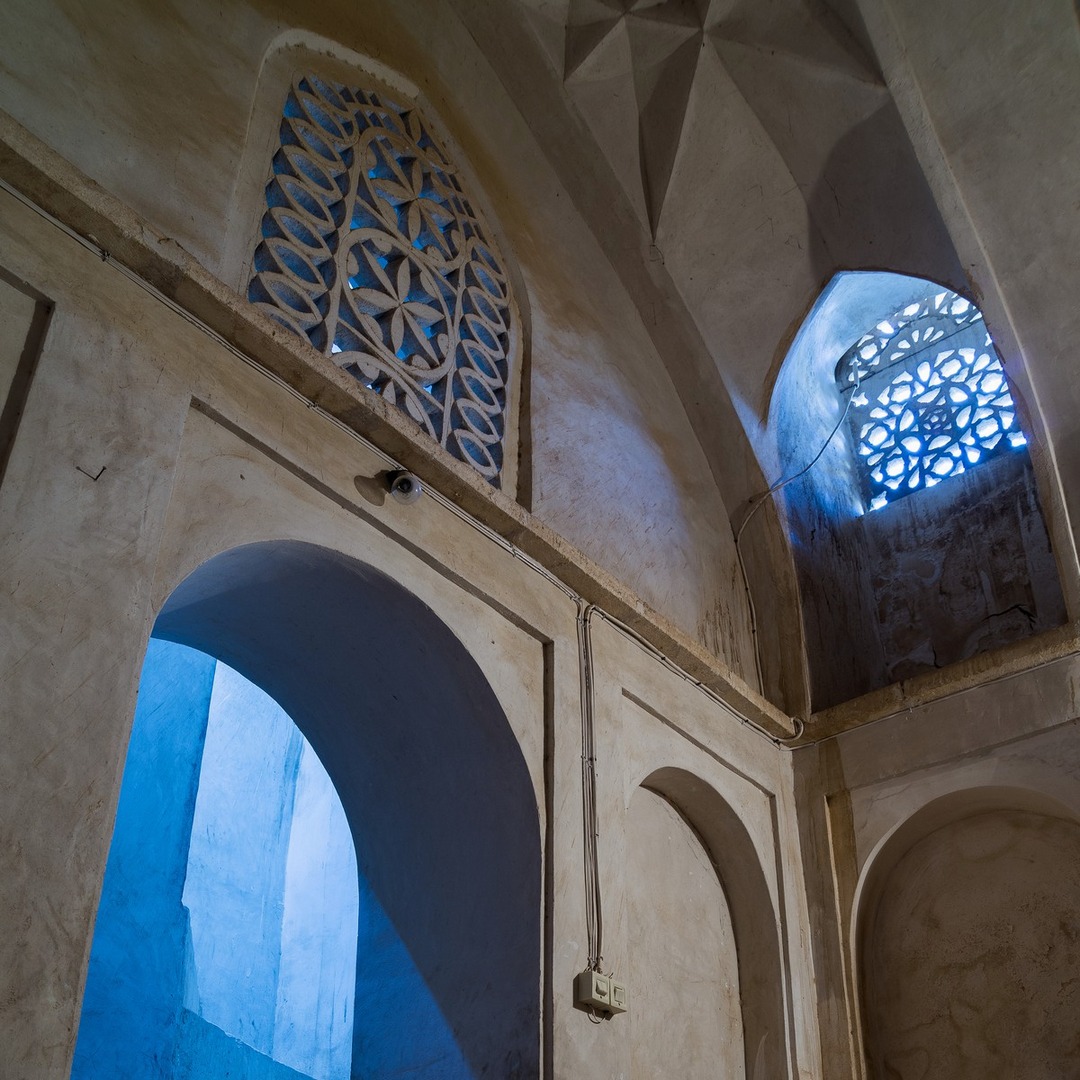
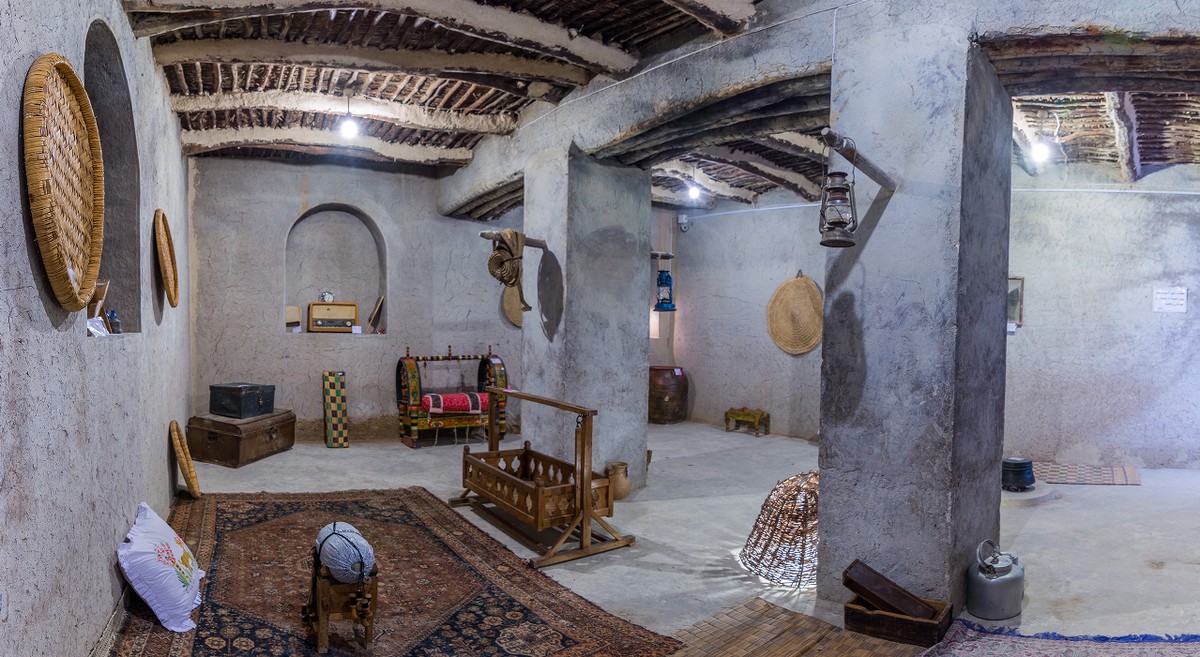
















Choose blindless
Red blindless Green blindless Blue blindless Red hard to see Green hard to see Blue hard to see Monochrome Special MonochromeFont size change:
Change word spacing:
Change line height:
Change mouse type:
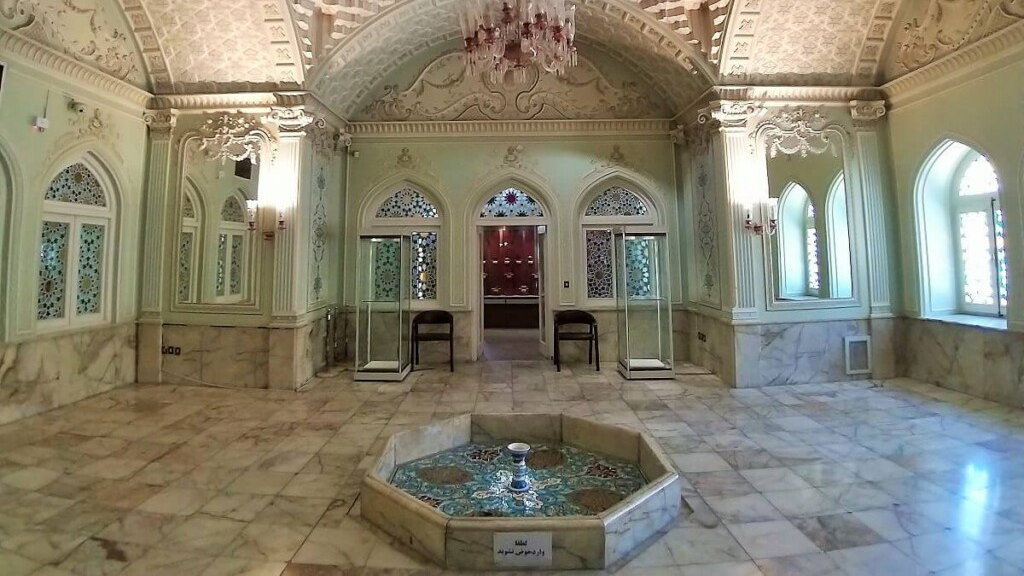
_crop_1.png)


